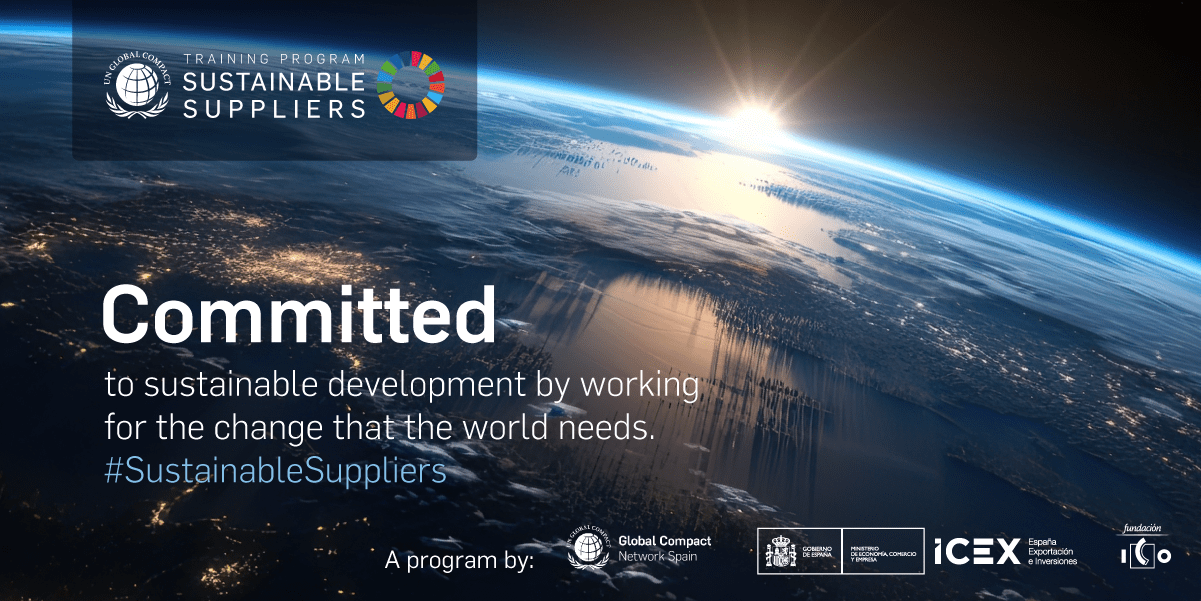When communication professionals talk about “transcreation”, we mean the process of adapting a message from one language into another whilst at the same time maintaining the original meaning, style, tone and context. When a message is adapted taking these factors into account, it evokes the same response in the recipient as the original message.
We say it how you want to hear it
In line with this motto, we at BBLTranslation explore the emotional response in readers of the source language and work to recreate this same response in speakers of the target language.
We use this “transcreation” technique in our translation services for clients like internationally renowned marketing and communication agencies, transforming their texts into highly successful advertisements.
The origins of a new word
“Transcreation” is a relatively new term, and although its exact meaning is yet to be defined it is used with great success in a professional marketing and advertising context. Of course, we could also use the terms “creative translation”, “free translation” or even “cultural adaptation”, as each one of these definitions highlights the need to identify the essence of a message and recreate it with a freer style than that of a typical word-for-word translation. In fact, these terms are present in the day-to-day work of many translation professionals, although each one has slightly different nuances that must be taken into account.
According to most theories, the English word transcreation was coined in the 60s and 70s to describe the type of translation used by creatives and advertising copywriters. Some sources cite a different etymology, claiming that the word originated in the 80s in the videogame industry. Backing up this theory, the first videogame designers realised that a simple translation was not enough to meet user expectations, and so in order to enhance their experience they decided to adapt the images and language of their products according to the culture of the user’s home country.
Be that as it may, advertising agencies with international clients started to use this term in the 90s to refer to their work in this field of translation. It is clear that when developing an advertising campaign outside of its original language, far more than just a simple translation is needed.
What do we mean by “transcreation”?
These days, “transcreation” is a common term in the communications sector – especially in marketing campaigns for products and services launched on an international scale where the advertisers want to transcend cultural and linguistic limitations.
As this concept has established itself, marketing and advertising agencies have become aware of its great importance and created specialised transcreation departments. There are even companies solely dedicated to this area, contracted to adapt original texts to suit audiences of different languages whilst preserving their original meaning or emotional significance. Such texts are usually present in brochures, radio and television ads, advertising posters and, of course, websites.
And as markets get bigger and bigger, advertisers are faced with new challenges. In order to be effective, the ad must stimulate both the intellect and the heart. This is why the ability to transcend linguistic and cultural borders is fundamental for a marketing strategy to see international success, given that any perceived incoherence or disrespect to the destination country’s culture, values and beliefs can come across as inappropriate and have a negative impact on consumers, and there are plenty of examples of this throughout the history of advertising.
The importance of images for effective “transcreation”
We at BBLTranslation highly value the importance of graphic design to provoke this emotional response, making full use of the extensive vocabulary available to us in the destination language.
Our team includes copywriters of English, Spanish, Dutch, French, Italian, and many more.




